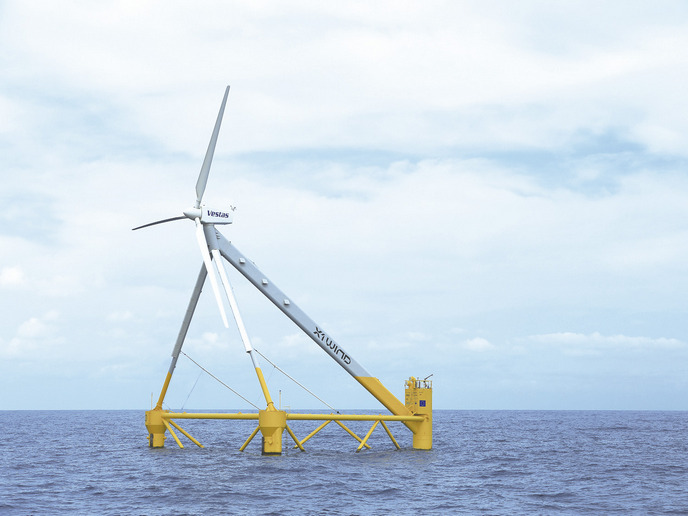Numerical code for noise generated by wind turbines
Wind turbines have a reputation for being noisy, but the SIROCCO research consortium set out to change that. Measurements were performed to determine the sources of noise and then new blades were designed to be quieter without sacrificing energy production. Numerical code was instrumental in enabling this process. The Energy Research Centre of the Netherlands (ECN) coordinated the project, which was supported by the Energy, Environment and Sustainable Development Programme. They used a software package named SILANT developed at Stork Product Engineering, the Dutch National Aerospace Laboratory (NLR) and the Netherlands Organisation for Applied Scientific Research (TNO). SILANT works by dividing the wind turbine blade into segments. The noise generated by each individual segment is calculated and then summed over the entire blade. The Brooks, Pope and Marcolini model was employed for estimating trailing edge noise while the Amiet and Lowson approach was used for inflow noise. ECN compared the sound power level calculated by SILANT with measurement data collected by NLR. Adjustments were subsequently made to the numerical code of SILANT where significant discrepancies between the modelled and measured values arose. The result of the SIROCCO effort is a revised model that agrees well with actual noise levels.







